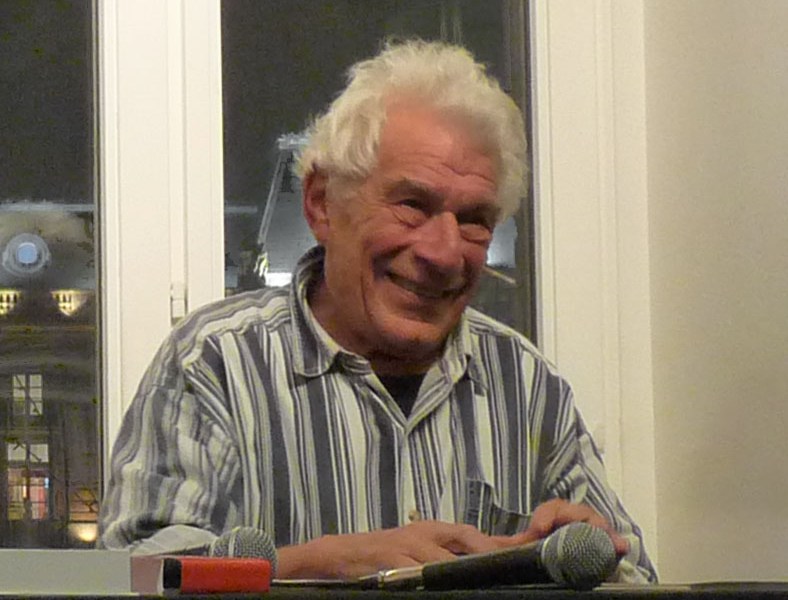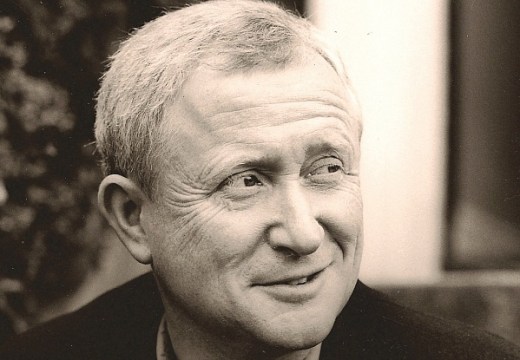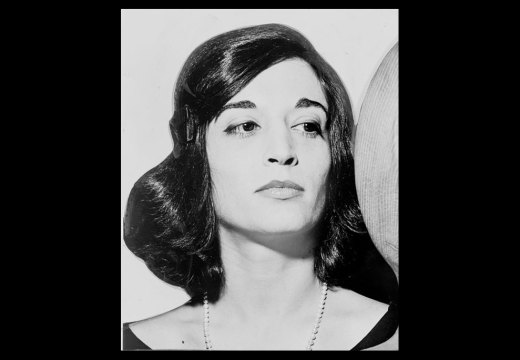The art critic and novelist John Berger has died at the age of 90. While he was perhaps best known for the television series and accompanying book Ways of Seeing (1972), in his work Berger ranged widely, provocatively and politically across the fine arts and contemporary art, producing studies of individual artists such as Picasso and Ernst Neizvestny and influential writings on drawing and photography. His 1972 novel, G., was awarded the Booker Prize that year. Below is Kitty Hauser’s review of Berger’s Portraits (ed. Tom Overton; Verso, 2015), from the January 2016 issue of Apollo.
Reading John Berger is not like reading any other art critic (a term he is uncomfortable with) but it is hard to say why exactly. It seems that every left-leaning cultural critic with creative aspirations not only admires him but wants to be him. Yet he remains inimitable. His is a unique combination of a discerning eye, trained in the painter’s studio as well as in the gallery; a political commitment that has not wavered over a long career; and, as is often remarked upon, a humanism that is more than just theoretical. This humanism suffuses Berger’s writing as subject and spur to action, but also–and this is crucial–in tone: there’s a particular intimacy in the way he writes, and the way he addresses the reader. Reading one of his essays is a bit like getting a letter from a friend. Indeed, a number of the pieces gathered together in Portraits are in the form of letters. Berger’s relation to the things he writes about, and to the audience for whom he is writing, is one of ‘I–thou’: a formulation with a particular set of ethical and political implications. It brings things and people closer together. In the case of Portraits, artists and their works are brought humanly close to us, when the art market and other institutions of the culture industry tend to keep them at a glossy and unreal distance.
Portraits reproduces a selection of Berger’s writings about particular artists, or, in one or two cases, groups of artists, from the Chauvet Cave painters to the contemporary Palestinian artist Randa Mdah. The artists are arranged chronologically. All of these writings have been published before. Some are exhibition reviews or catalogue essays, many are pieces from well-known collections like Permanent Red: Essays in Seeing (1960) or About Looking (1980). Some are excerpts from Berger’s novels, or experimental forms he has worked with, sometimes in collaboration with others. They have been edited by Tom Overton, who catalogued Berger’s archive when he donated it to the British Library in 2009; another volume entitled Landscapes is to follow. It has been characteristic of Berger’s output that it is scattered over many types of publications, many of them ephemeral or hard to find. Even within his books of essays, those that are about art and artists are interspersed, typically, with pieces about other things. And yet his writings on artists talk to each other, just as–in his view–the artists of past and present themselves do. To collect them together in this way is a very good idea (rather than just a publisher’s idea).
There are writings in Portraits from over six decades, and one of the treats of the book is to see how Berger’s views and style have changed over time, and how in some sense they have remained the same (he still considers himself to be ‘amongst other things a Marxist’). In the 1950s, for example, he championed Social Realists like the little-remembered Italian painter Renato Guttoso, and maligned any artist whose work did not serve a politically progressive programme. This led to some odd judgements, as this collection demonstrates: a 1954 review of a Henry Moore exhibition advises readers to look at Raymond Mason instead, and for years he was critical of Francis Bacon on the grounds that the horror he depicted ought to have been accompanied by compassion, or at least indignation. But what Portraits also shows is that he could change his mind, and in interesting ways, according to contemporary political realities: in a 2004 review (printed here alongside the earlier texts) he concedes that Bacon was ahead of the game, his pitilessness prophetic of the current condition of the world.
It’s the sections on the Old Masters, though, that are the most illuminating, particularly those–like Rembrandt, Goya, and Velazquez–that Berger has returned to again and again over the years. Somehow he always adds something new. So, while acknowledging the work of T.J. Clark and Linda Nochlin on Courbet’s realism, for example, he saw that the question of the materiality and weight of his paintings remained unanswered. ‘As an artist of peasant origin,’ he wrote in 1976, ‘Courbet’s achievement was to introduce into painting a new kind of substantiality, perceived according to senses developed by habits different from those of the urban bourgeoisie. The fish as caught by a fisherman, the dog as chosen by a hunter… a funeral as a regular village meeting.’ Berger was never afraid of exploding what Pierre Bourdieu called the ‘aesthetic disposition’ by invoking ordinary experience. Like others in the Marxist tradition, Berger maintains a concern with the nature and purpose of realism. There’s a long excursion, for instance, in the section on Velazquez, about what is distinctive about the realism of Spanish art. High praise is reserved for those who, like Goya, could ‘face the facts and preserve their ideals’. That balancing act is exactly what we get from Berger himself, of course – and there is not much more we can ask from a public intellectual today.
Kitty Hauser is the author of Stanley Spencer (Tate Publishing), Shadow Sites (Oxford University Press), and Bloody Old Britain (Granta).














![Masterpiece [Re]discovery 2022. Photo: Ben Fisher Photography, courtesy of Masterpiece London](http://www.apollo-magazine.com/wp-content/uploads/2022/07/MPL2022_4263.jpg)
Suzanne Valadon’s shifting gaze